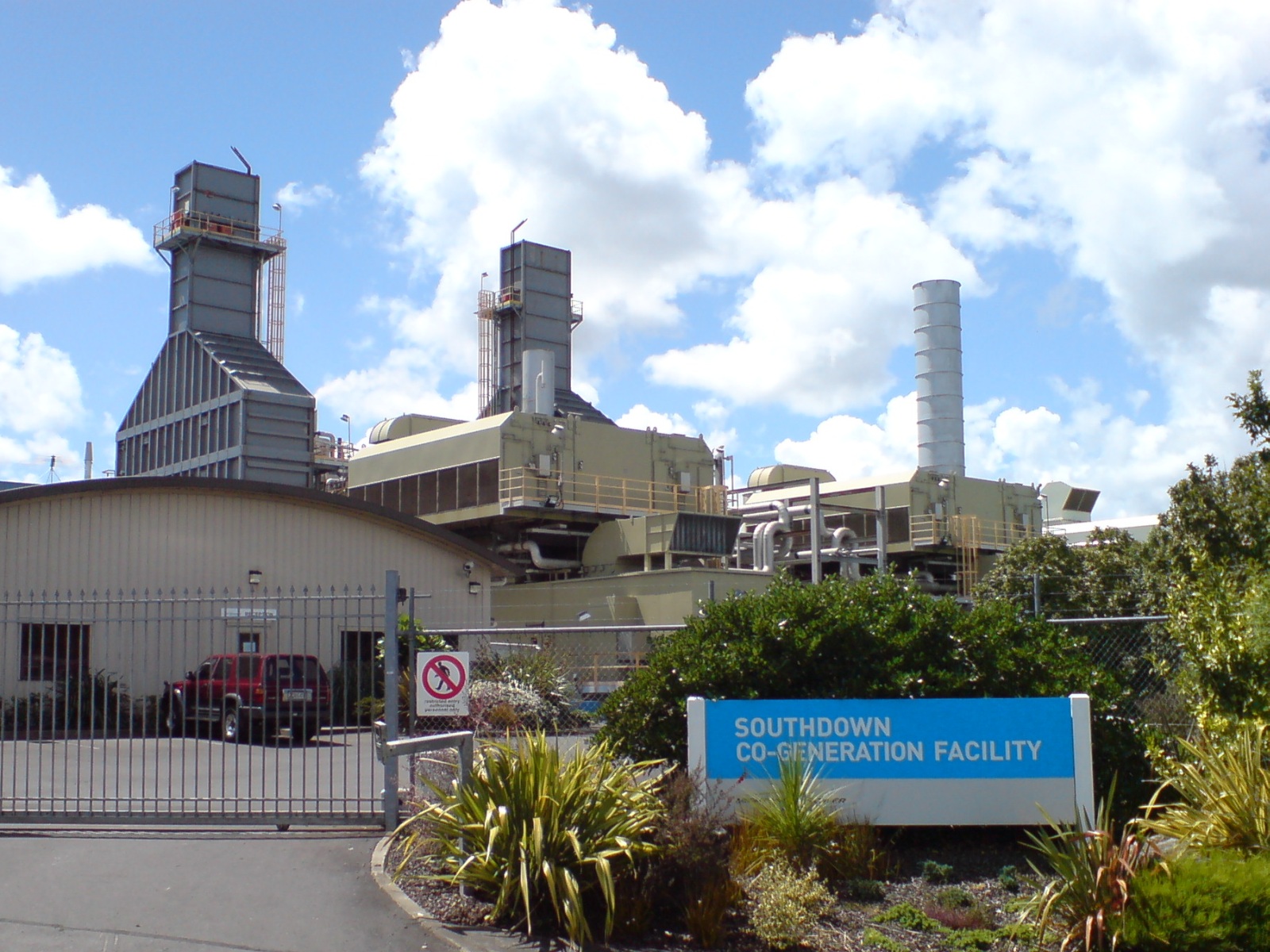Too little garbage becoming problem for Oslo

While the rest of the world deals with overflowing landfills, the capital city of Norway has a different problem… not enough. The population of Oslo is large and they do create a hefty amount of garbage, but not enough to power their cogeneration plant that helps heat half the city.
The use of methane gas from decomposing organic matter has long been used as a way to make use of a large and stinky problem. A cogeneration plant uses a heat engine or power station to create both heat and electricity. In Oslo, the waste is burned much like the way coal is in America.
In essence, during the production of electricity, heat was created as a natural byproduct. Rather than venting the heat and letting it go to waste, a cogeneration plant uses it to heat a city. Oslo’s plant uses the garbage as a fuel source, but due to the high level of recycling in the city, not enough garbage is produced for the plant.
With no other choice, the city is now importing tons of garbage from other countries such as England and Sweden. Cogeneration plants are common in northern Europe, and other cities like Oslo also have to import garbage. As with any business, when you have short supply and high demand, it creates a market and now garbage is a commodity.
Cities are importing garbage by ship, train and car in order to satisfy the needs of their cogeneration plants. From an environmental standpoint, it’s quite a conundrum. Do you encourage waste so the plants have garbage?
In America, waste is rampant and only a small population actually take the time to recycle their garbage. Biomass and waste incineration have yet to catch on in the states where coal and natural gas are king, but the idea of shipping the waste to another country and getting paid for it is ironic. We’ve been taught not to waste, but now not only is the waste being destroyed, but also people are being paid for it.
Photo courtesy of commons.wikimedia.org
0 comments